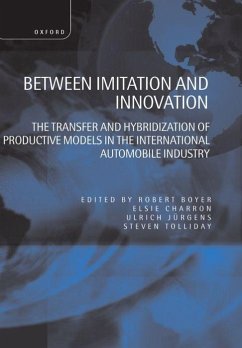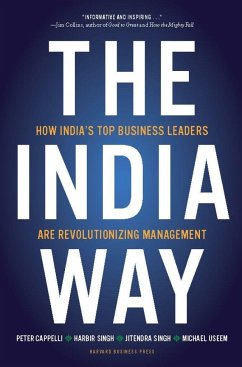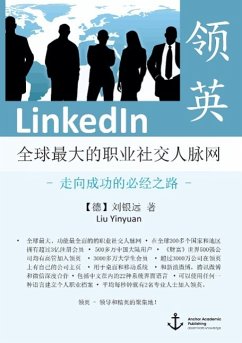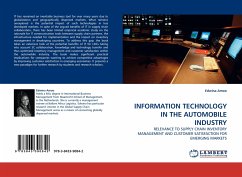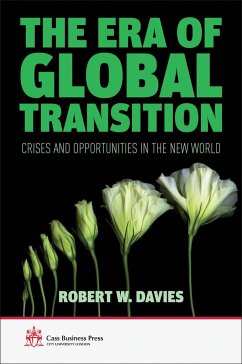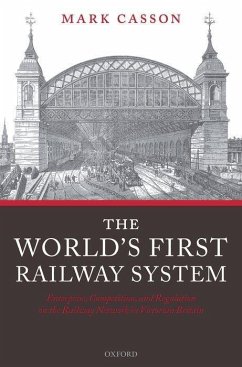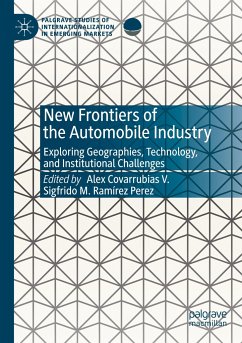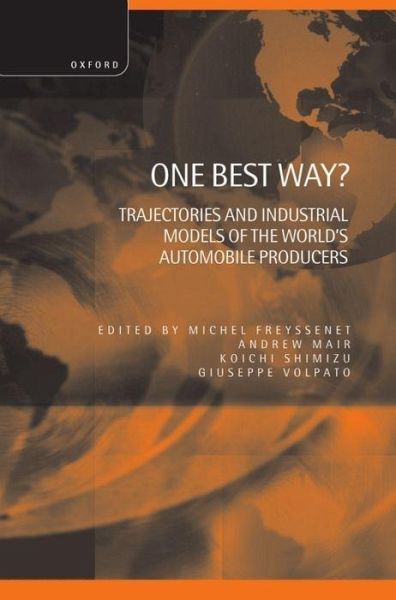
One Best Way ? ' Trajectories and Industrial Models of the World's Automobile Producers '
Versandkostenfrei!
Versandfertig in über 4 Wochen
109,99 €
inkl. MwSt.

PAYBACK Punkte
55 °P sammeln!
Since the 1960s, the world's automobile producers have been borrowing, adapting, or inventing solutions to problems. Japanese management techniques and ideas have been much studied and copied, particularly the model of "lean production." In this book, experts from many different countries compare and contrast the strategic and organizational solutions of the major producers in North American, Europe, and Japan over the past three decades.





